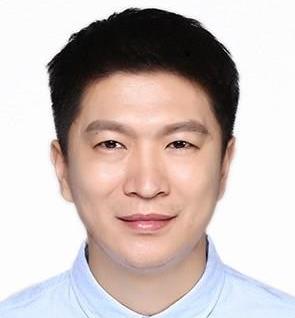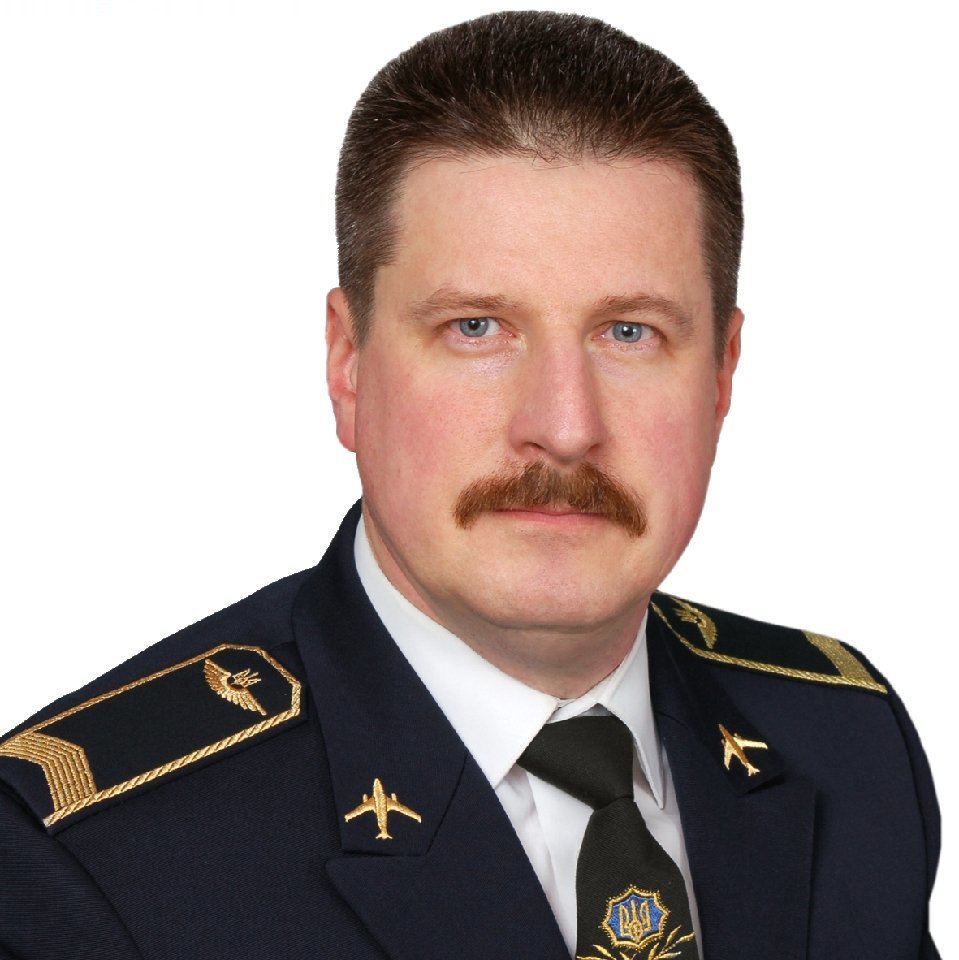SPEAKERS
 Invited Speakers
Invited Speakers
Dr. Boyang Zhou

Researcher, Research Center for High Efficiency Computing Infrastructure, Zhejiang Lab, China
Speech Title: Highly-Available Communication Networks in Smart Power Grids
Abstract: As energy demand increases and grid infrastructure continues to age, ensuring high network availability—marked by low packet loss and minimal latency—has become a pressing challenge in modern smart power grids. This talk explores transformative advancements in grid architecture driven by next-generation solutions that emphasize centralized control, architectural flexibility, and enhanced data caching to support highly available and resilient networks. Key technologies include robust transport protocols utilizing multi-subpath retransmissions to maintain grid state accuracy and observability during network disruptions, and rerouting enhancements enabled by topological redundancy through disjoint subpaths, which significantly reduce rerouting times. These innovations—explored in greater depth in my Wiley-IEEE book Communication Networks in Smart Power Grids—are essential for advancing the sustainability, adaptability, and resilience of future smart grid systems.
Dr. Andrii Bieliatynskyi

Professor, School of Civil Engineering, North Minzu University, China
Speech Title: Intelligent Transportation Systems: Investigation of Traffic Flows and Analysis of the Number of Traffic Accidents due to the Inconvenient Maintenance of Highways
Abstract: A modern city is a concentration of residential buildings, industrial enterprises, administrative, cultural, and medical institutions, etc., as well as a large number of people in a relatively small area. The comfortable and efficient level of life in such type complicated urban system is based on the efficiency level interaction of all its components through the proper organization of transport system as the main element uniting other components into a single whole structure. Nowadays in the multi-purpose cities with a well-developed division of social labor become, the factor of residence place is less and less tied to the workplace. Need in the trips is growing due to the growth of mobility requirement through both the number of trips (traffic volume) and traffic distance increase. Urban traffic is a result of the need to interact between elements of the city's planning structure. Such interaction is the most effective when the modes of transport providing traffic flows are most in line with the size of the city. Urban traffic in today's major and largest cities has grown into an important transport and urban planning problem, the correct solution of which depends on the level of living conditions of people as well as the further territorial and economic development of the cities themselves. Daily trips of thousands of people create high density traffic and pedestrian flows on the city street network which leads to significant increase of time taken for trips and forms so-called "transport fatigue" from uncomfortable travel conditions.
Dr. Bedir Tekinerdogan
Professor, Chair Information Technology, Wageningen University, The Netherlands
More will be updated soon....